Associated Press analyseert inburgering AI op redacties
Donderdag 25 April 2024
Jims voelt de fit met Bonka Circus
Maandag 22 April 2024
Infrabel vertrouwt employer branding van TUC RAIL toe aan d-artagnan
Vrijdag 19 April 2024
Outsight heet nu officieel Billups met Koen Van Rhijn aan het hoofd
Donderdag 18 April 2024
Publicis Groupe verwelkomt Matthieu Vercruysse
Dinsdag 16 April 2024
Tv-toestel nog steeds het favoriete device in Europa
Dinsdag 23 April 2024
Retail: 76% van de Belgen denkt dat discountmodel in de toekomst zal overheersen
Dinsdag 23 April 2024
Seen from Space - SVOD in Vlaanderen: universum onder (lichte) druk
Zondag 21 April 2024
Cross Mediaal Consortium in zee met Ipsos voor uitbouw panel
Woensdag 17 April 2024
Play herziet programmadirectie door aangekondigd vertrek van Annick Bongers
Woensdag 24 April 2024
MM organiseert eerste Marcom Padel Trophy
Maandag 22 April 2024
Philippe Andrianne en Thierry Desmedt (JCDecaux): "Als leader spelen we een cruciale rol in de ontwikkeling van de markt en de aanbreng van innovatie"
Zondag 21 April 2024
Netflix blijft probleemloos abonnees werven
Vrijdag 19 April 2024
BAM, de EASA, de FEDMA en ICC Belgium buigen zich over consumentenbescherming
Donderdag 18 April 2024
IAA opent Benelux-kantoor in Amsterdam
Dinsdag 26 Maart 2024
UBA en ACC presenteren tien principes om AI goed te gebruiken
Dinsdag 26 Maart 2024
BCP presenteert briefingtool voor agencies en productiehuizen
Maandag 25 Maart 2024
De Clio Awards kennen hun Lifetime Achievement toe aan Susan Credle
Maandag 22 April 2024
AMMA: GroupM potentieel op kop
Maandag 22 April 2024
Orange, Marcel en les Bleues scoren op de Andy's
Zondag 21 April 2024
De Belgische Young Lions zijn er klaar voor met Hey! en Brightfish
Donderdag 18 April 2024
Technologie en creativiteit op het programma van de MM Tech Club
Donderdag 25 April 2024
VUB-communicatiestudenten organiseren nieuwe editie van hun Job Fair
Donderdag 11 April 2024
EFFIE organiseert online coaching voor deelnemers
Donderdag 11 April 2024
Clear Channel en Proximus gehuldigd door Best of OOH
Maandag 8 April 2024
Carrefour opent pop-up voor verkoop tweedehandsspullen
Vrijdag 19 April 2024
VO Group begint met implementatie van My Impact Tool
Dinsdag 16 April 2024
Frankrijk bovenaan Good Report 2024
Donderdag 11 April 2024
Artificiële Intelligentie en de Grote Verdwijntruc, door Petra De Roos (managing director ACC)
Maandag 8 April 2024
TECH
Dinsdag 4 April 2023
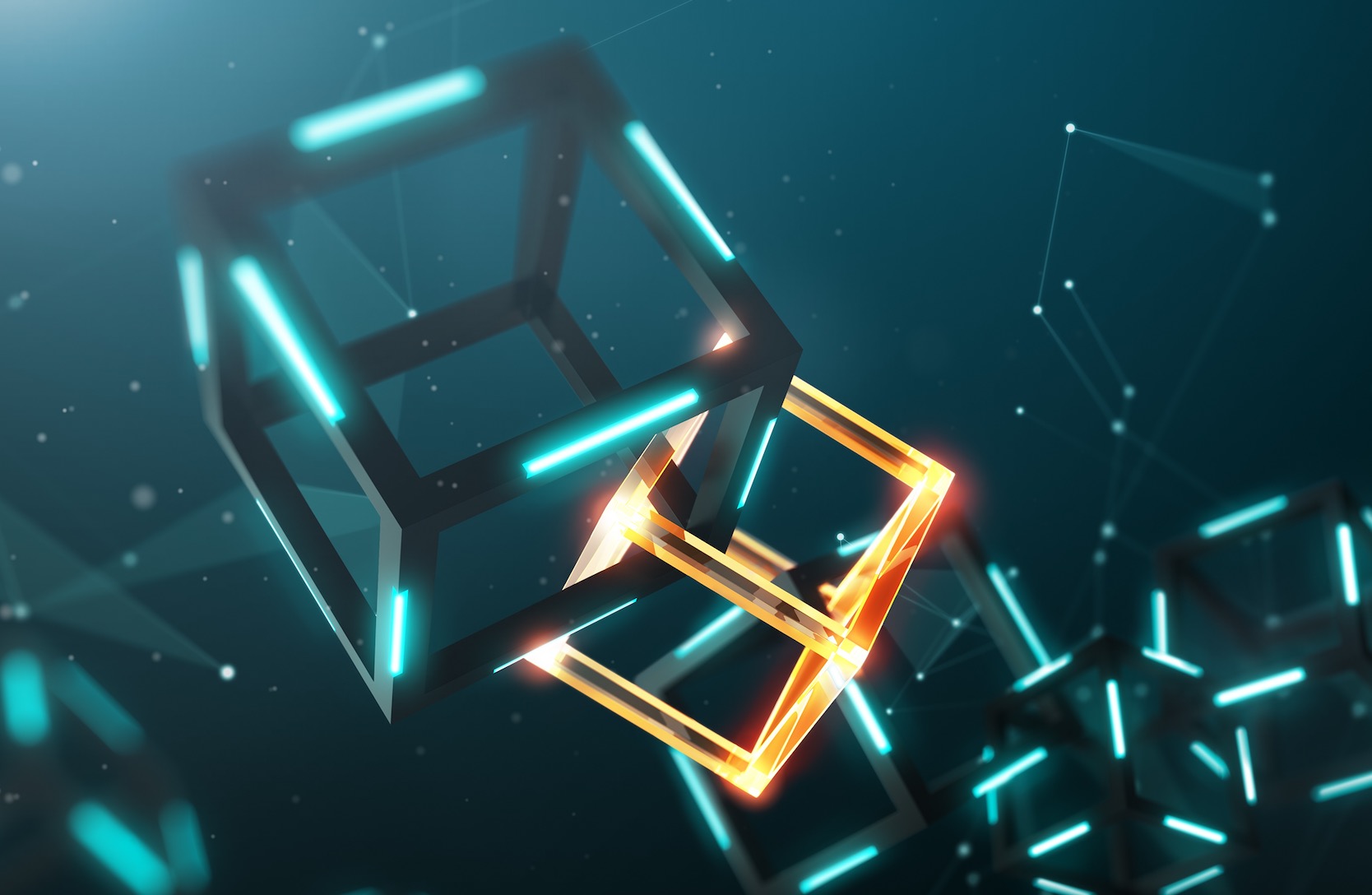
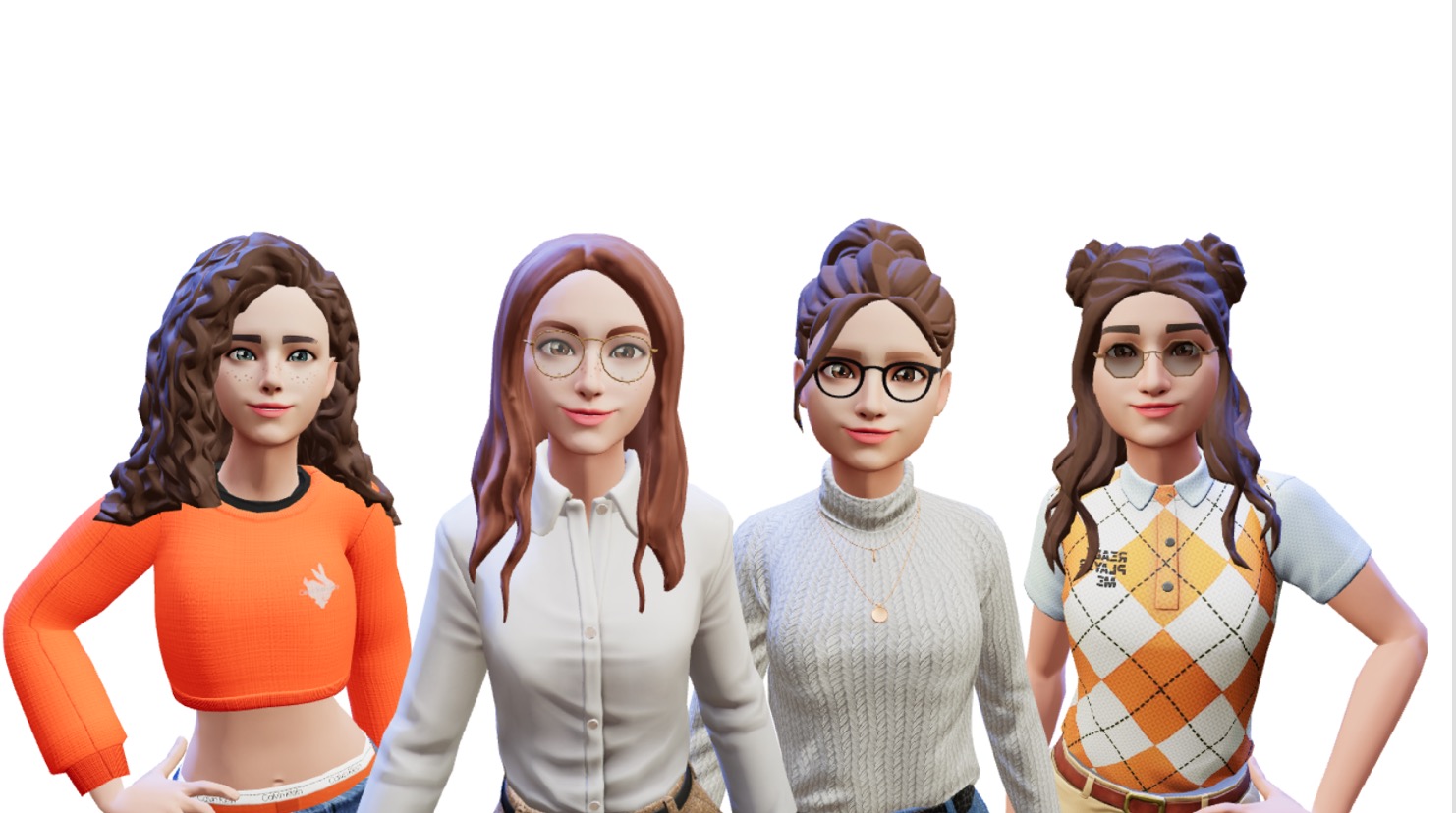
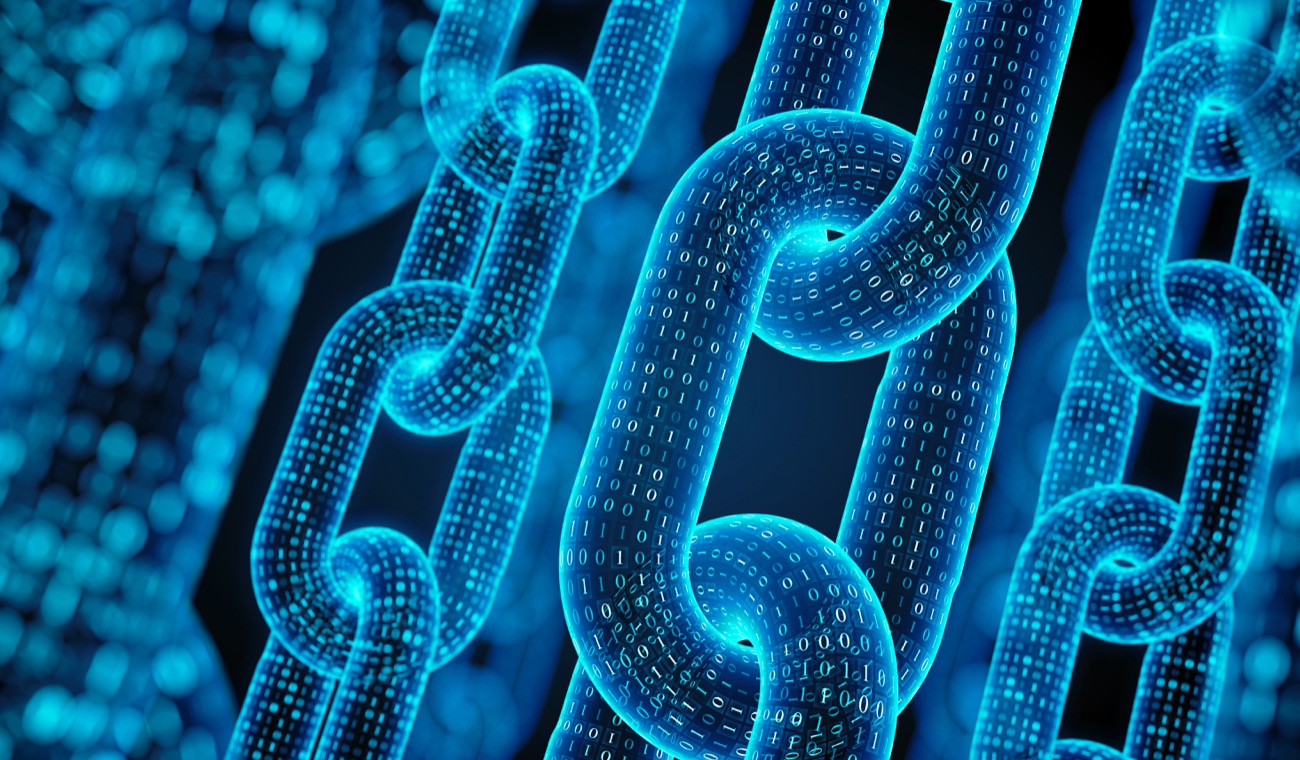
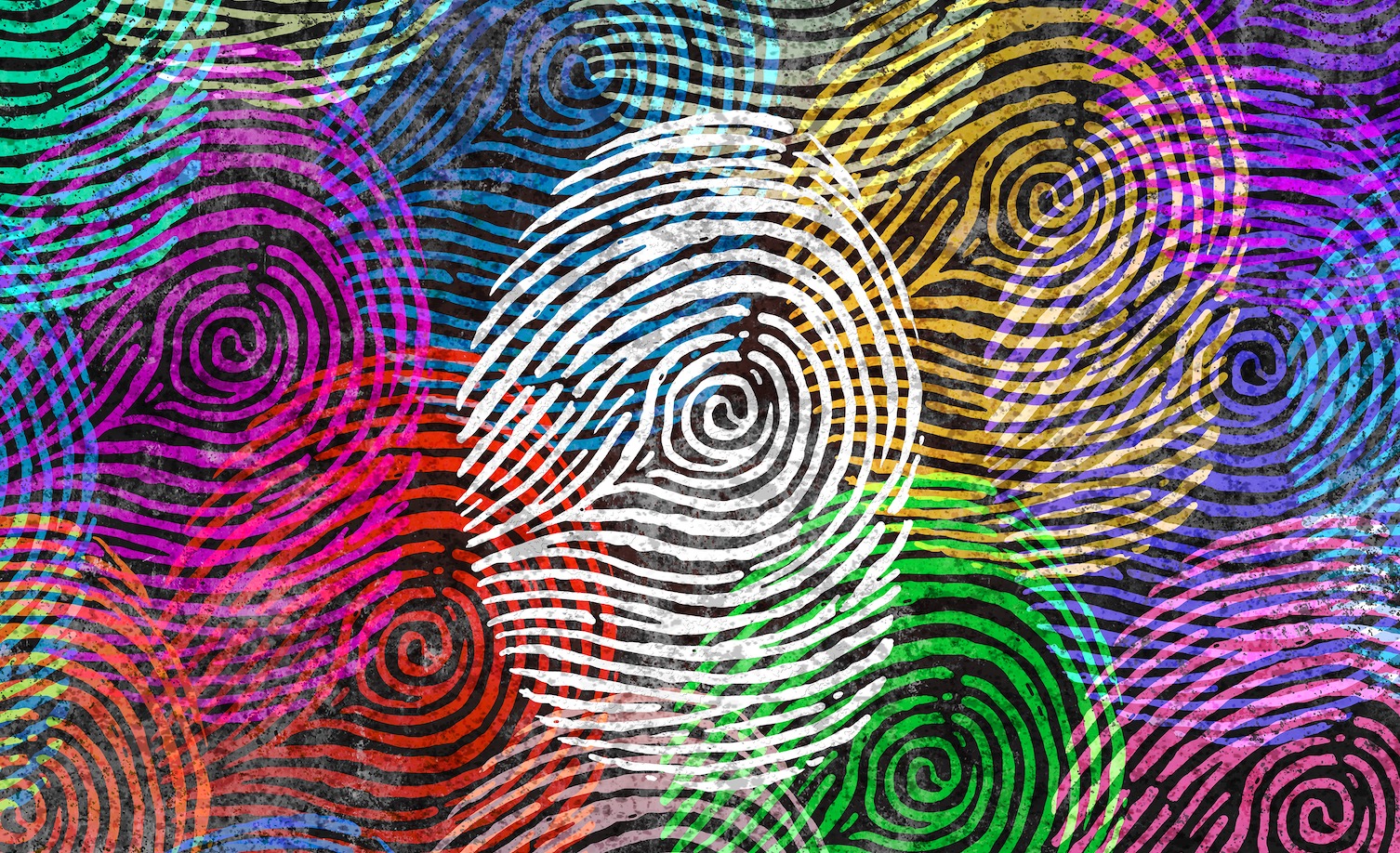
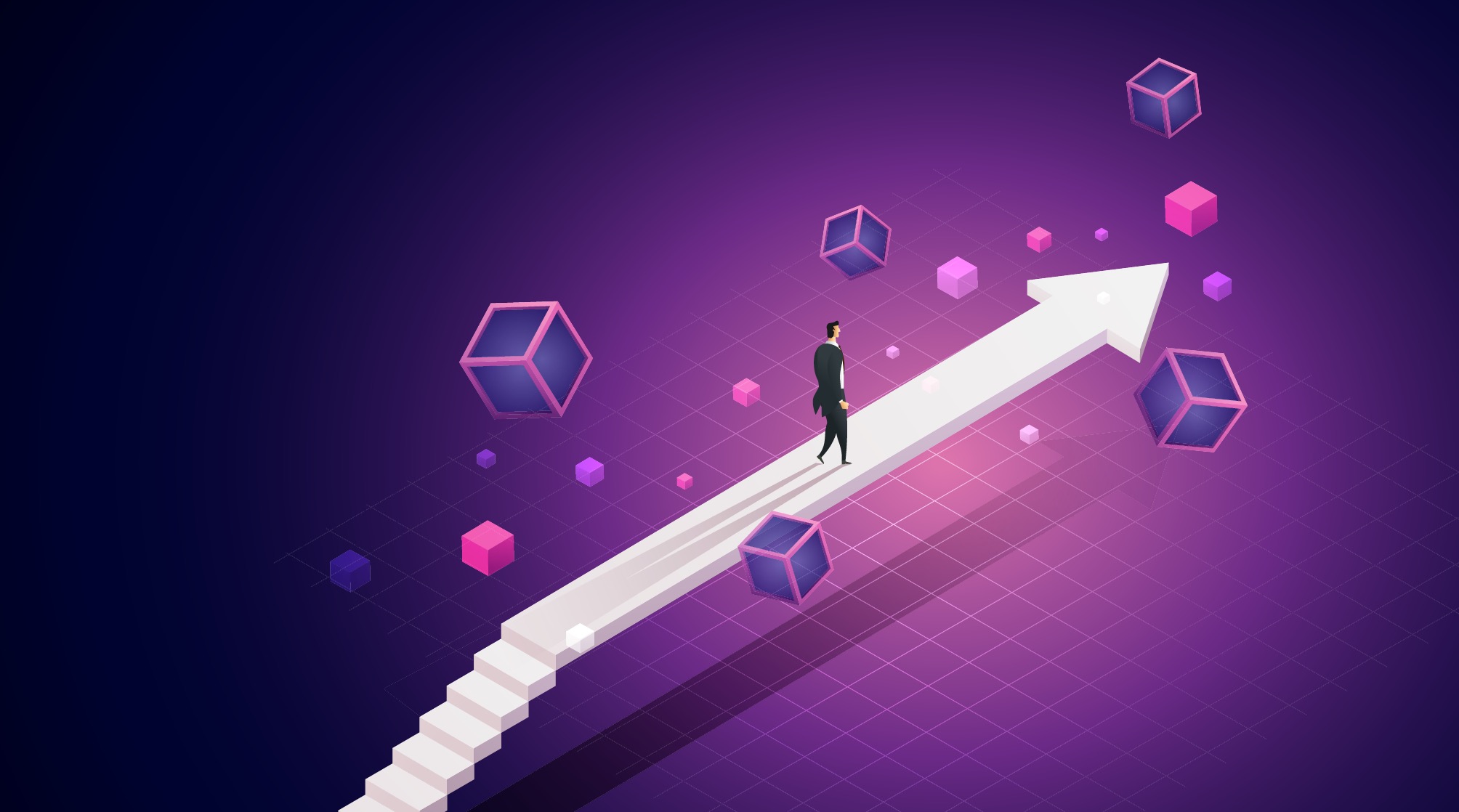
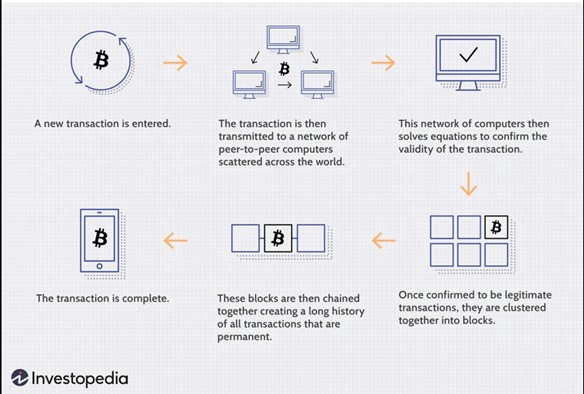

Donderdag 25 April 2024
Donderdag 25 April 2024
Woensdag 24 April 2024
Dinsdag 23 April 2024
Dinsdag 23 April 2024
Dinsdag 23 April 2024
Vrijdag 19 April 2024
Donderdag 18 April 2024
Donderdag 18 April 2024
Donderdag 18 April 2024
Donderdag 18 April 2024
Donderdag 18 April 2024
Donderdag 18 April 2024
Donderdag 18 April 2024
Donderdag 18 April 2024
Interview
 Audion wil digitale audio in België ontwikkelen
Audion wil digitale audio in België ontwikkelenDonderdag 18 April 2024
Interview
 Vespucci, data-ontginner met onverwacht resultaat
Vespucci, data-ontginner met onverwacht resultaatDonderdag 18 April 2024
Interview
 Pieter Van Leugenhagen (yondr) over spatial computing: "Dit wordt de grootste revolutie na mobile computing"
Pieter Van Leugenhagen (yondr) over spatial computing: "Dit wordt de grootste revolutie na mobile computing"Donderdag 18 April 2024
 TikTok gaat de gebruikers van TikTok Lite-app betalen
TikTok gaat de gebruikers van TikTok Lite-app betalen Donderdag 11 April 2024
Interview
 Hoe Pimalion multichannel communicatie optimaliseert
Hoe Pimalion multichannel communicatie optimaliseertDonderdag 11 April 2024
Speaker
Donderdag 11 April 2024
Donderdag 11 April 2024
 Apple en AI: veel nieuws onder de zon...
Apple en AI: veel nieuws onder de zon...Donderdag 11 April 2024
Donderdag 11 April 2024
Donderdag 11 April 2024
Interview
 Criteo verkent retail media
Criteo verkent retail mediaDonderdag 11 April 2024
Interview
 Marketing stack: de handleiding van Benoît De Nayer
Marketing stack: de handleiding van Benoît De NayerDonderdag 11 April 2024
Speaker
Donderdag 11 April 2024
Donderdag 4 April 2024
 En bij OpenAI...
En bij OpenAI...Donderdag 4 April 2024
Donderdag 4 April 2024
Donderdag 4 April 2024
Donderdag 4 April 2024
Donderdag 4 April 2024
Interview
 Hoe Beyond Reason wetenschap en tech ten dienste van marketing stelt
Hoe Beyond Reason wetenschap en tech ten dienste van marketing steltDonderdag 4 April 2024
Speaker
Donderdag 4 April 2024
Speaker
Donderdag 4 April 2024
Donderdag 28 Maart 2024
Donderdag 28 Maart 2024
 Fleeceware profiteert mee van enthousiasme rond ChatGPT
Fleeceware profiteert mee van enthousiasme rond ChatGPTDonderdag 28 Maart 2024
Interview
 Tim Colman (Proximus): "AI impliceert nieuwe manieren van werken, zowel intern als met onze bureaupartners"
Tim Colman (Proximus): "AI impliceert nieuwe manieren van werken, zowel intern als met onze bureaupartners"Donderdag 28 Maart 2024
Interview
 Meridiem springt op AI-trein
Meridiem springt op AI-treinWoensdag 27 Maart 2024
Woensdag 27 Maart 2024
 Perplexity: rising star
Perplexity: rising starDinsdag 26 Maart 2024
Dinsdag 26 Maart 2024
 Bereikdaling? Welke bereikdaling?
Bereikdaling? Welke bereikdaling?Dinsdag 26 Maart 2024
 Under Armour: auteursrecht tussen innovatie en ethiek
Under Armour: auteursrecht tussen innovatie en ethiekDinsdag 26 Maart 2024
Vrijdag 22 Maart 2024
Donderdag 21 Maart 2024
Donderdag 21 Maart 2024
Donderdag 21 Maart 2024
Donderdag 21 Maart 2024
Donderdag 21 Maart 2024
 Audion krijgt voet aan de grond in België
Audion krijgt voet aan de grond in BelgiëDonderdag 21 Maart 2024
Donderdag 21 Maart 2024
Donderdag 21 Maart 2024
Donderdag 21 Maart 2024
Interview
 Apptree, de Wix van mobile
Apptree, de Wix van mobileDonderdag 21 Maart 2024
 Sage+Archer wordt Vistar Media en implementeert SSP
Sage+Archer wordt Vistar Media en implementeert SSPWoensdag 20 Maart 2024
Donderdag 14 Maart 2024
Donderdag 14 Maart 2024
Donderdag 14 Maart 2024
Donderdag 14 Maart 2024
Donderdag 14 Maart 2024
Donderdag 14 Maart 2024
Donderdag 14 Maart 2024
Donderdag 14 Maart 2024
Speaker
Donderdag 14 Maart 2024
Interview
 Checkspeare, SEO-artiest
Checkspeare, SEO-artiestDonderdag 14 Maart 2024
 Dringend gezocht: search, prijs otk
Dringend gezocht: search, prijs otkDonderdag 14 Maart 2024
Speaker
Donderdag 14 Maart 2024
 Microsoft Advertising steunt Sandbox van Chrome
Microsoft Advertising steunt Sandbox van ChromeDonderdag 7 Maart 2024
Donderdag 7 Maart 2024
Donderdag 7 Maart 2024
Donderdag 7 Maart 2024
Donderdag 7 Maart 2024
 AI verovert video
AI verovert videoDonderdag 7 Maart 2024
Donderdag 7 Maart 2024
Interview
 Upcut: creatieve plug-in voor video snacking
Upcut: creatieve plug-in voor video snackingDonderdag 7 Maart 2024
Donderdag 7 Maart 2024
Speaker
Zaterdag 2 Maart 2024
Interview
Vrijdag 1 Maart 2024
 CTV: ShowHeroes Belgium in zee met Rakuten Advertising
CTV: ShowHeroes Belgium in zee met Rakuten AdvertisingDonderdag 29 Februari 2024
Interview
 Mathieu Hosselet (MKKM): disruptie en trends inzake Social Media Marketing
Mathieu Hosselet (MKKM): disruptie en trends inzake Social Media MarketingDonderdag 29 Februari 2024
Woensdag 28 Februari 2024
Speaker
Woensdag 28 Februari 2024
Dinsdag 27 Februari 2024
Dinsdag 27 Februari 2024
Dinsdag 27 Februari 2024
Interview
 Women in Tech: Karen De Sousa Pesse
Women in Tech: Karen De Sousa PesseDinsdag 27 Februari 2024
Dinsdag 27 Februari 2024
Maandag 26 Februari 2024
Maandag 26 Februari 2024
Maandag 26 Februari 2024
 RTL en ProSiebenSat.1 vormen gezamenlijk ad-tech front
RTL en ProSiebenSat.1 vormen gezamenlijk ad-tech frontMaandag 26 Februari 2024
 Privacy Sandbox: het antwoord van Google op het verslag van IAB Tech Lab
Privacy Sandbox: het antwoord van Google op het verslag van IAB Tech LabDonderdag 22 Februari 2024
Speaker
Donderdag 22 Februari 2024
Speaker
Donderdag 22 Februari 2024
Interview
 Live agency mikt op Live Shopping
Live agency mikt op Live Shopping Donderdag 22 Februari 2024
 Productiehuizen in het AI-tijdperk
Productiehuizen in het AI-tijdperkDonderdag 22 Februari 2024
 Google past in het plaatje van Pinterest
Google past in het plaatje van PinterestDonderdag 22 Februari 2024
Speaker
Woensdag 21 Februari 2024
Interview
 Olivier De Raeymaeker (Le Soir): "AI kan ons helpen om efficiënter te werken maar kan kwaliteitsjournalistiek nooit vervangen"
Olivier De Raeymaeker (Le Soir): "AI kan ons helpen om efficiënter te werken maar kan kwaliteitsjournalistiek nooit vervangen"Woensdag 21 Februari 2024
Dinsdag 20 Februari 2024
Dinsdag 20 Februari 2024
Maandag 19 Februari 2024
Vrijdag 16 Februari 2024
Donderdag 15 Februari 2024
Donderdag 15 Februari 2024
Donderdag 15 Februari 2024
Donderdag 15 Februari 2024
Speaker
Donderdag 15 Februari 2024
 George of blindtests als een game
George of blindtests als een gameDonderdag 15 Februari 2024
Dinsdag 13 Februari 2024
Dinsdag 13 Februari 2024
Maandag 12 Februari 2024
Vrijdag 9 Februari 2024
 IAB Tech Lab niet mals voor de Sandbox van Google
IAB Tech Lab niet mals voor de Sandbox van GoogleDonderdag 8 Februari 2024
Donderdag 8 Februari 2024
Donderdag 8 Februari 2024
Donderdag 8 Februari 2024
Donderdag 8 Februari 2024
Donderdag 8 Februari 2024
Donderdag 8 Februari 2024
Donderdag 8 Februari 2024
Speaker
Donderdag 8 Februari 2024
 Belga: technologie ten dienste van nieuws
Belga: technologie ten dienste van nieuwsDonderdag 8 Februari 2024
 IAS verruimt AI-driven oplossingen naar Meta
IAS verruimt AI-driven oplossingen naar MetaWoensdag 7 Februari 2024
Speaker
Donderdag 1 Februari 2024
Interview
 Guy Gelaude (OMG): "Onderschat het belang van het menselijke aspect niet"
Guy Gelaude (OMG): "Onderschat het belang van het menselijke aspect niet"Donderdag 1 Februari 2024
Interview
 Kevin Kielbaey (LiveRamp): "De vraag neemt toe, maar er is nog steeds grote behoefte aan kennis over Data Clean Rooms"
Kevin Kielbaey (LiveRamp): "De vraag neemt toe, maar er is nog steeds grote behoefte aan kennis over Data Clean Rooms"Donderdag 1 Februari 2024
 Worldcoin, dat andere project van Sam Altman
Worldcoin, dat andere project van Sam AltmanDonderdag 1 Februari 2024
Donderdag 1 Februari 2024
Donderdag 1 Februari 2024
Donderdag 1 Februari 2024
Donderdag 1 Februari 2024
Donderdag 1 Februari 2024
Donderdag 1 Februari 2024
Donderdag 25 Januari 2024
Donderdag 25 Januari 2024
Donderdag 25 Januari 2024
Donderdag 25 Januari 2024
Donderdag 25 Januari 2024
Donderdag 25 Januari 2024
Donderdag 25 Januari 2024
Donderdag 25 Januari 2024
Speaker
Donderdag 25 Januari 2024
 Hoe Python Brico introduceerde in data-driven culture
Hoe Python Brico introduceerde in data-driven cultureWoensdag 24 Januari 2024
Dinsdag 23 Januari 2024
 Hoe Pixis.ai de targeting oplossing van Channel Factory gaat versterken
Hoe Pixis.ai de targeting oplossing van Channel Factory gaat versterkenMaandag 22 Januari 2024
Vrijdag 19 Januari 2024
Donderdag 18 Januari 2024
Donderdag 18 Januari 2024
Donderdag 18 Januari 2024
Donderdag 18 Januari 2024
Donderdag 18 Januari 2024
Donderdag 18 Januari 2024
Interview
Donderdag 18 Januari 2024
Donderdag 18 Januari 2024
Woensdag 17 Januari 2024
Speaker
Maandag 15 Januari 2024
 ATV: Proximus sluit overeenkomst met LiveRamp
ATV: Proximus sluit overeenkomst met LiveRampZondag 14 Januari 2024
Zondag 14 Januari 2024
Vrijdag 12 Januari 2024
Vrijdag 12 Januari 2024
 TP Vision presenteert eigen CTV-regie voor Philips-televisies
TP Vision presenteert eigen CTV-regie voor Philips-televisiesDonderdag 11 Januari 2024
 Disney test nieuw shoppable formaat
Disney test nieuw shoppable formaatDonderdag 11 Januari 2024
 StoryMe bundelt AI-troeven voor creatie in een enkele video
StoryMe bundelt AI-troeven voor creatie in een enkele videoDonderdag 11 Januari 2024
Speaker
Donderdag 11 Januari 2024
Donderdag 11 Januari 2024
Donderdag 11 Januari 2024
Donderdag 11 Januari 2024
Donderdag 11 Januari 2024
Donderdag 11 Januari 2024
Donderdag 11 Januari 2024
Donderdag 11 Januari 2024
Dinsdag 9 Januari 2024
Interview
 Over het gebruik van generatieve AI in marketing in België
Over het gebruik van generatieve AI in marketing in BelgiëDinsdag 9 Januari 2024
Dinsdag 9 Januari 2024
Donderdag 21 December 2023
Donderdag 21 December 2023
Donderdag 21 December 2023
Donderdag 21 December 2023
Donderdag 21 December 2023
Donderdag 21 December 2023
Donderdag 21 December 2023
Interview
 Leexi, conversaties omzetten in acties dankzij AI
Leexi, conversaties omzetten in acties dankzij AIDonderdag 21 December 2023
Interview
 Virtuele influencers, de toekomst van influencer marketing?
Virtuele influencers, de toekomst van influencer marketing?Donderdag 21 December 2023
Interview
 Cédric Cauderlier (Mountain View) & Tech : "Vooral de mensen begrijpen"
Cédric Cauderlier (Mountain View) & Tech : "Vooral de mensen begrijpen"Donderdag 21 December 2023
Woensdag 20 December 2023
Dinsdag 19 December 2023
Interview
 Dado Van Peteghem: "Focus, anders word je de speelbal van alle nieuwe trends en technologieën"
Dado Van Peteghem: "Focus, anders word je de speelbal van alle nieuwe trends en technologieën"Zondag 17 December 2023
Vrijdag 15 December 2023
 OpenAI gaat een uitgever vergoeden
OpenAI gaat een uitgever vergoedenDonderdag 14 December 2023
Donderdag 14 December 2023
Donderdag 14 December 2023
Donderdag 14 December 2023
Interview
 Ittention let goed op
Ittention let goed opDonderdag 14 December 2023
 Stampix, getrouwheidskampioen
Stampix, getrouwheidskampioenDonderdag 14 December 2023
Interview
 Kwanko klaar voor groei in België
Kwanko klaar voor groei in BelgiëDonderdag 14 December 2023
Zoeken
Op zoek naar iets ?
Voer hierna uw e-mail adres in en ontvang een link om uw wachtwoord aan te maken.
Artikel voorbehouden aan onze leden
Al een MM-account ?
Vragen ?Nog geen lid van MM ?
Krijg gedurende een maand gratis toegang tot al onze digitale content.

NEEM CONTACT MET ONS OP
MEDIA MARKETING
MARCOM WORLD SRL
Av Herrmann Debroux 54
1160 Bruxelles - Belgique
Tel : 02 372 21 30
E-mail : info@mm.be
CEO
Serge De Schryver
General Manager
Fred Bouchar
Chief Editor
Damien Lemaire
Chief Editor
Griet Byl
Sales & Client Director
Margaux De Schryver
Journalist
Bart Cattaert
Edit your dashboard
Voeg een "Watcher" toe
Voeg een "Watcher" toe
U kunt een watcher eenvoudig toevoegen door een of meer trefwoorden in te vullen.
Elke dag van de week wordt er een e-mail naar u verzonden met het laatste nieuwsberichten dat beantwoorden aan uw Watchers.
Artikel voorbehouden aan onze leden
Nog geen lid van MM ?
Krijg gedurende een maand gratis toegang tot al onze digitale content.

| Daily | Freemium access |
| 5 x week | MM e - News |
| 1 x week | MM Brunch |
| 1 x week | MM Tech |
| 10 x year | MM Best of Research |
| 10 x year | MM Blue |
| 4 x year | MM Magazine (digital) |
Cookies
Door het raadplegen van deze website, ga je akkoord met het gebruik van cookies die jouw ervaring, de werking en het aantal bezoekers van onze website meet. Meer info